Fringed Sagebrush Seeds Artemisia Frigida Perennial Shrub 100Pcs White
$19.82
Discover Fringed Sagebrush Seeds, Artemisia frigida, a versatile perennial shrub ideal for drought-tolerant landscapes. These 100 seeds yield low-growing plants with distinctive feathery foliage, perfect for outdoor garden beds.

Estimated arrival
Estimated arrival
Oct 16
Oct 21 - Oct 23
Oct 26 - Oct 30
Shipping and return policies: Our Alive & Thrive Guarantee covers issues with your plants within the first 30 days. Reach out to us. Our team will answer your questions and help you find the plants that are truly suitable for your environment, climate, and personal preferences.
Cultivate a Resilient Landscape with Fringed Sagebrush Seeds
Introduce the beauty and resilience of Fringed Sagebrush Seeds to your outdoor space. Scientifically known as Artemisia frigida, this perennial shrub is a remarkable choice for gardeners seeking drought-tolerant and low-maintenance plants. Native to North American regions like the Great Plains and Rocky Mountains, Fringed Sagebrush thrives in challenging conditions, making it an excellent addition to xeriscapes, rock gardens, or naturalized areas. Its distinctive grayish-green, finely divided leaves give it a feathery, fringed appearance, adding unique texture and visual interest to any garden bed or landscape design.
Growing to a manageable height of 1 to 2 feet, Fringed Sagebrush is a low-growing shrub that complements various planting schemes. Each pack contains 100 seeds, providing ample opportunity to establish a thriving patch of this beautiful plant. The seeds are easy to sow, requiring well-draining soil and full sun exposure for optimal germination and growth. Once established, these plants are highly adaptable, requiring only moderate watering and minimal care. They are particularly well-suited for USDA Hardiness Zones 3-10, demonstrating their wide adaptability across different climates. Embrace the natural charm and ecological benefits of Fringed Sagebrush in your garden.
Benefits of Planting Fringed Sagebrush
- Drought Tolerance: Once established, Fringed Sagebrush is highly drought-tolerant, reducing the need for frequent watering and making it ideal for water-wise gardening.
- Low Maintenance: This perennial shrub requires minimal care, thriving in natural conditions with little intervention, perfect for busy gardeners.
- Unique Aesthetics: Its feathery, grayish-green foliage adds unique texture and color to garden beds, offering a distinctive visual appeal.
- Wildlife Support: As a native plant, it can provide habitat and food sources for local wildlife, contributing to biodiversity.
- Soil Stabilization: Its root system can help prevent soil erosion, especially in dry or sloped areas.
Planting and Care Instructions for Fringed Sagebrush Seeds
To ensure successful growth, determine a planting site with well-draining soil and full sun exposure, mimicking its natural habitat. Prepare the soil by ensuring it is loose, well-drained, and free from weeds or debris. Scatter the tiny Fringed Sagebrush Seeds directly on the soil surface; mixing them with sand can aid even distribution. Avoid burying the seeds deeply, as light is essential for germination. Moisten the soil lightly after sowing, but be mindful not to overwater, as these plants prefer drier conditions. Once seedlings emerge, thinning them out gently will ensure proper spacing and allow each plant to develop fully. With these steps, your Fringed Sagebrush will flourish, adding beauty and resilience to your landscape.
Frequently Asked Questions
- Q: How long do Fringed Sagebrush seeds take to germinate?
A: Germination can vary, but typically occurs within 2-4 weeks under ideal conditions of light and moisture. - Q: What is the ideal soil type for Fringed Sagebrush?
A: Fringed Sagebrush thrives in rich, moist but well-drained soil. Good drainage is crucial to prevent root rot. - Q: Can Fringed Sagebrush be grown in containers?
A: While primarily suited for outdoor garden beds, it can be grown in large containers with excellent drainage, provided it receives full sun. - Q: How tall does Fringed Sagebrush typically grow?
A: This low-growing shrub usually reaches a height of 1 to 2 feet at maturity. - Q: Is Fringed Sagebrush deer resistant?
A: Due to its aromatic foliage, Fringed Sagebrush is generally considered deer resistant, making it a good choice for areas with deer activity.
Be the first to review “Fringed Sagebrush Seeds Artemisia Frigida Perennial Shrub 100Pcs White”
-
USDA Hardiness Zone
3-10 -
Soil Type
Rich, moist but well-drained -
Sunlight Exposure
Full Sun -
Expected Planting Period
Spring

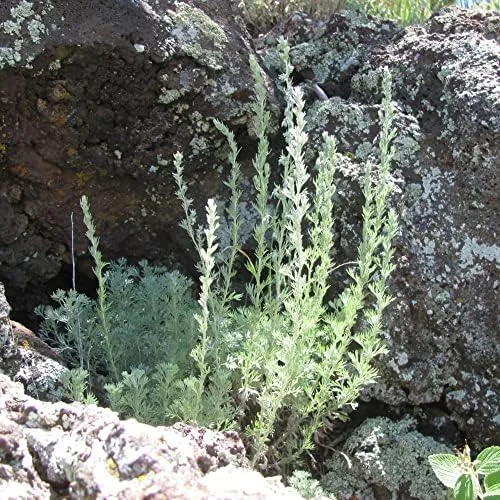
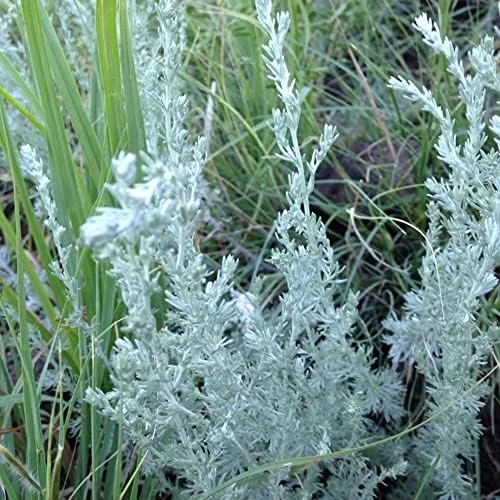
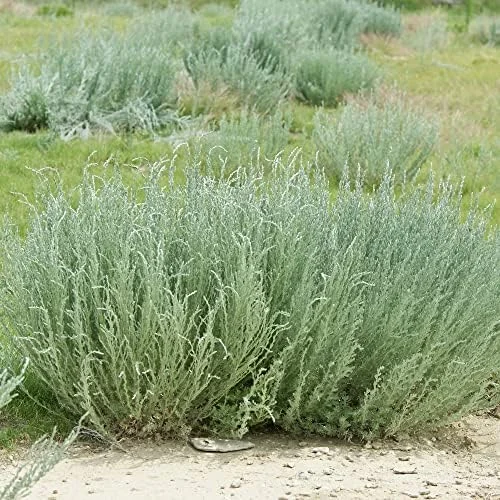
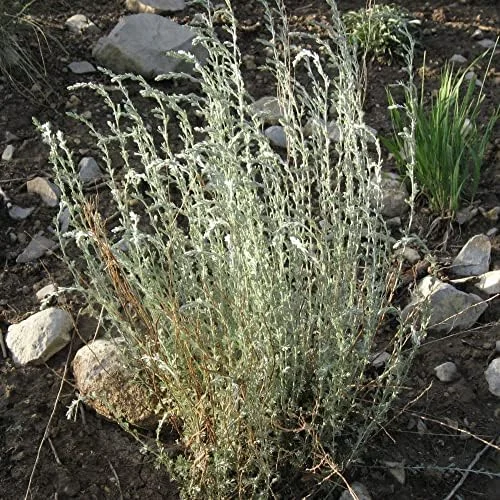
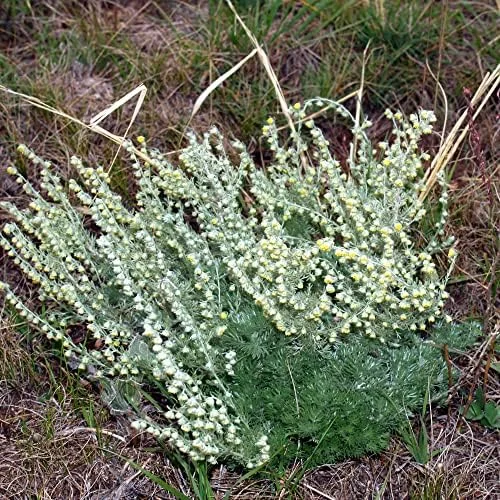
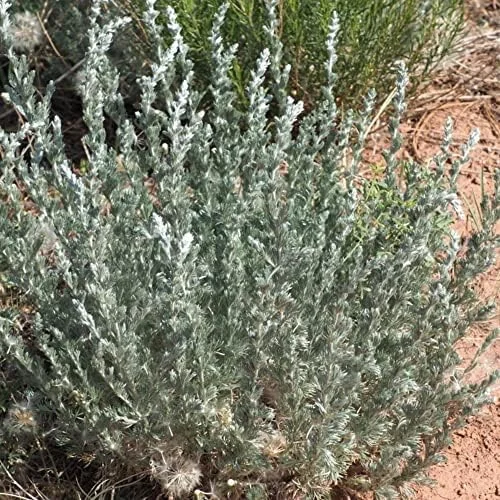
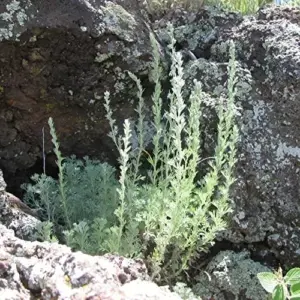
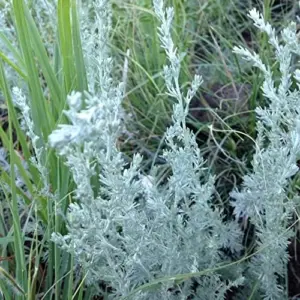
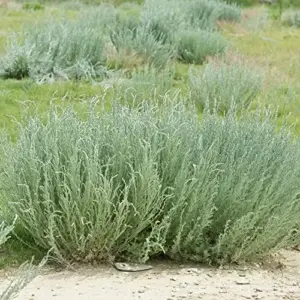
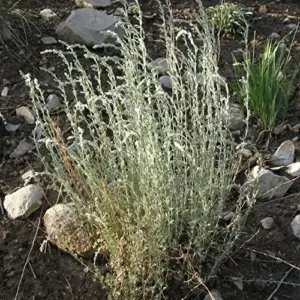
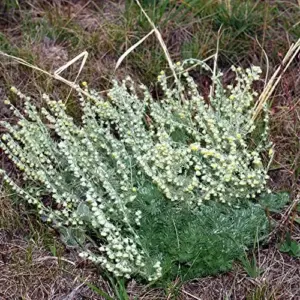
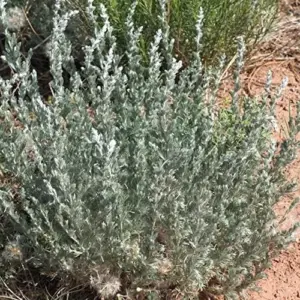

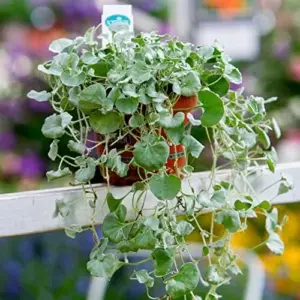
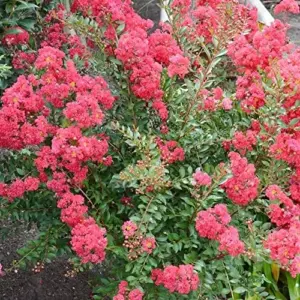
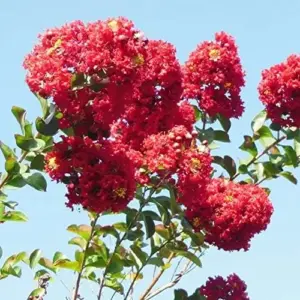
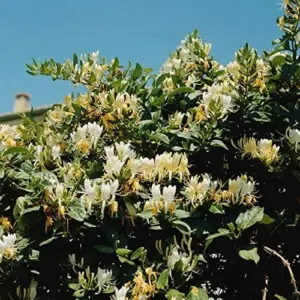



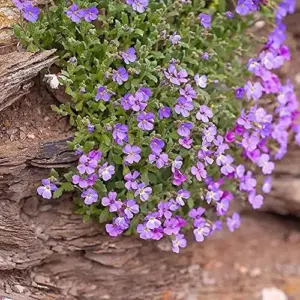
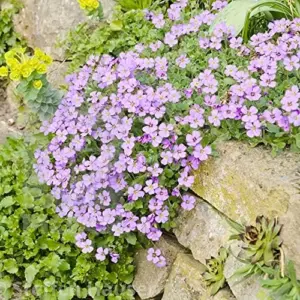


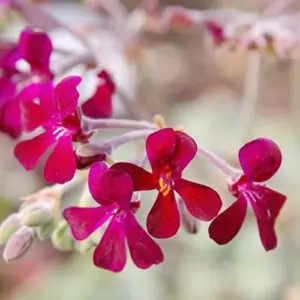

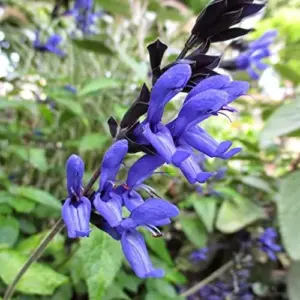


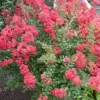
Reviews
There are no reviews yet.